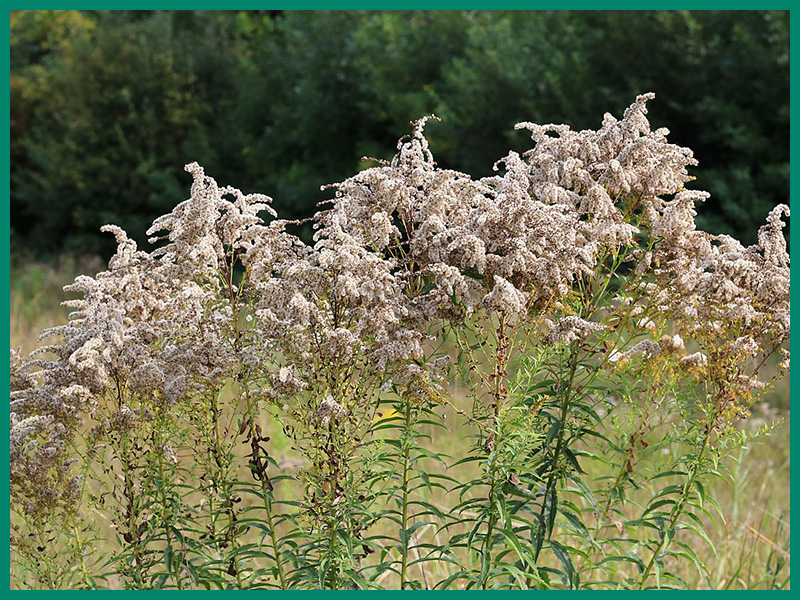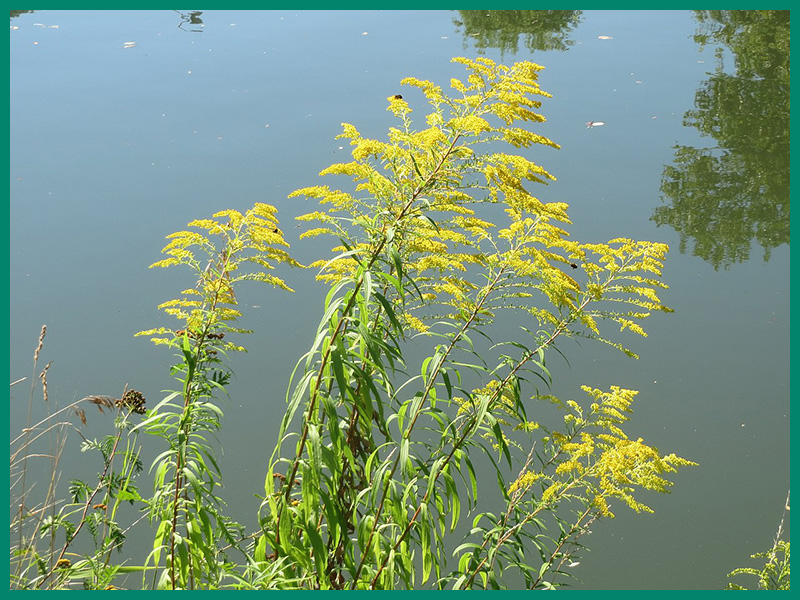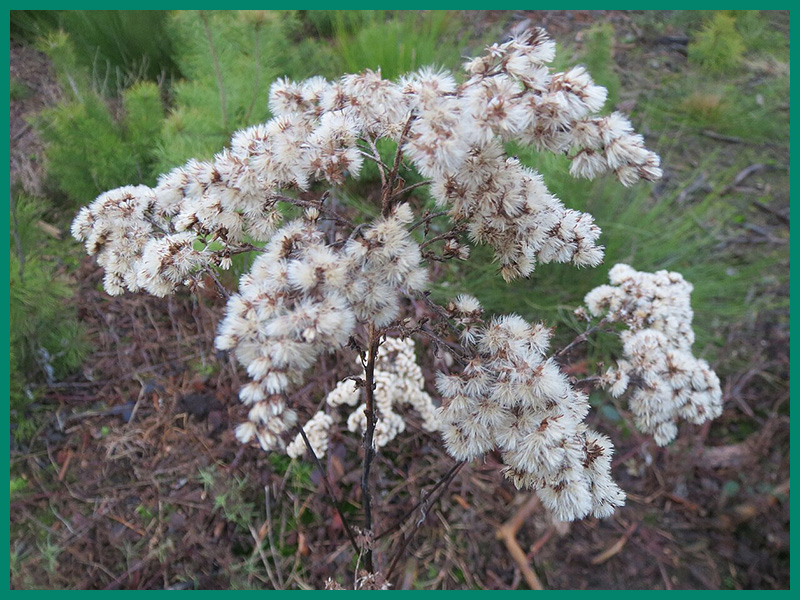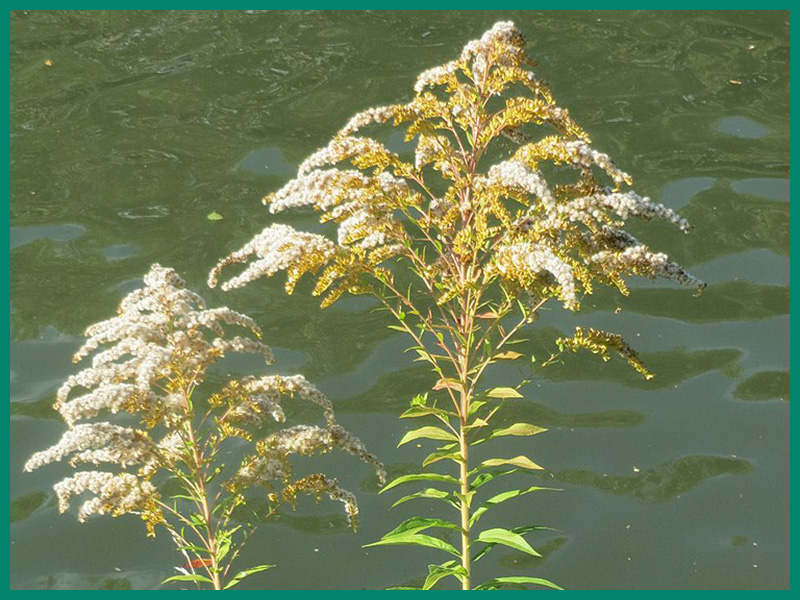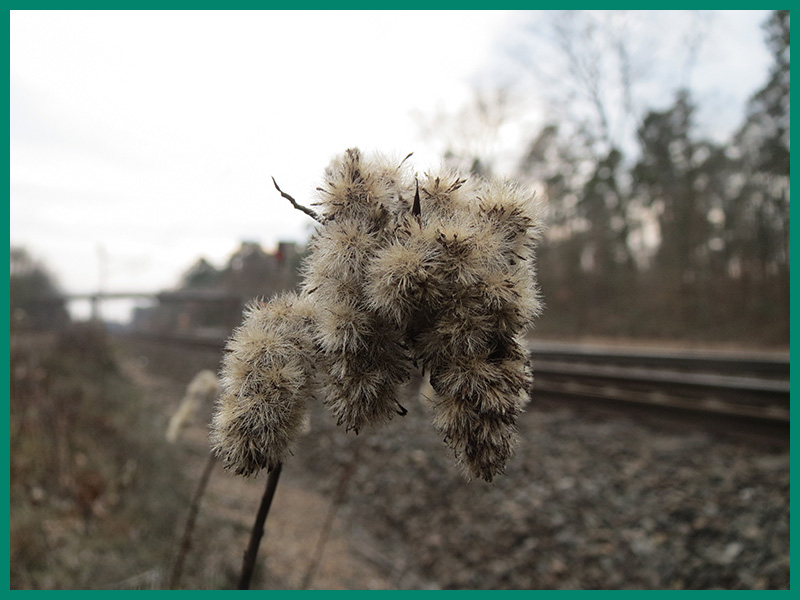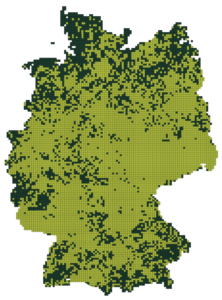Solidago canadensis
Canada Goldenrod
The Canada goldenrod (Solidago canadensis) is a perennial herbaceous plant that originated in North America and is now found in many parts of the world. It typically reaches a height of 0.6 to 1.5 metres and has a distinctive taproot that helps the plant to establish itself in different soil types. The stems are mostly erect and unbranched, with small, lance-shaped leaves along the entire length. The flowers are golden yellow and arranged in panicles that bloom in late summer to autumn, giving the plants a characteristic, bright appearance. Canada goldenrod prefers open, sunny sites and is often found in meadows, along roadsides and in disturbed areas.
Types of damage
Region of origin
North America
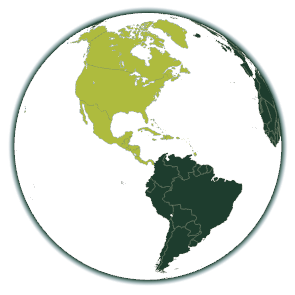
Introduction vectors
Current distribution
Based on the FlorKart Database of the Federal Agency for Nature Conservation, as of 2013
Miscellaneous
Dispersion forecast
Indicates the proportion of land suitable for habitat under current and future climate conditions (2060-2080) under three emission scenarios (RCP26, RCP45 & RCP85).
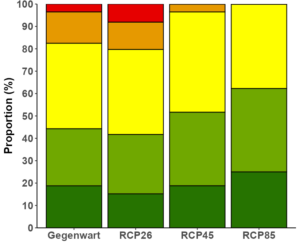
Habitat suitability under current climate conditions
These habitat suitability maps show for Solidago canadensis where suitable habitat conditions exist.
The map on the left shows this for current climate conditions. Below this are maps for the time classes 2040-2060 and 2061-2080, in which three different emission scenarios can be selected.
The slider at the top left allows you to adjust the opacity of the map to make orientation easier.
By clicking on the respective quadrant, information on the environmental conditions present in it can be called up.
The methodology is explained here .


